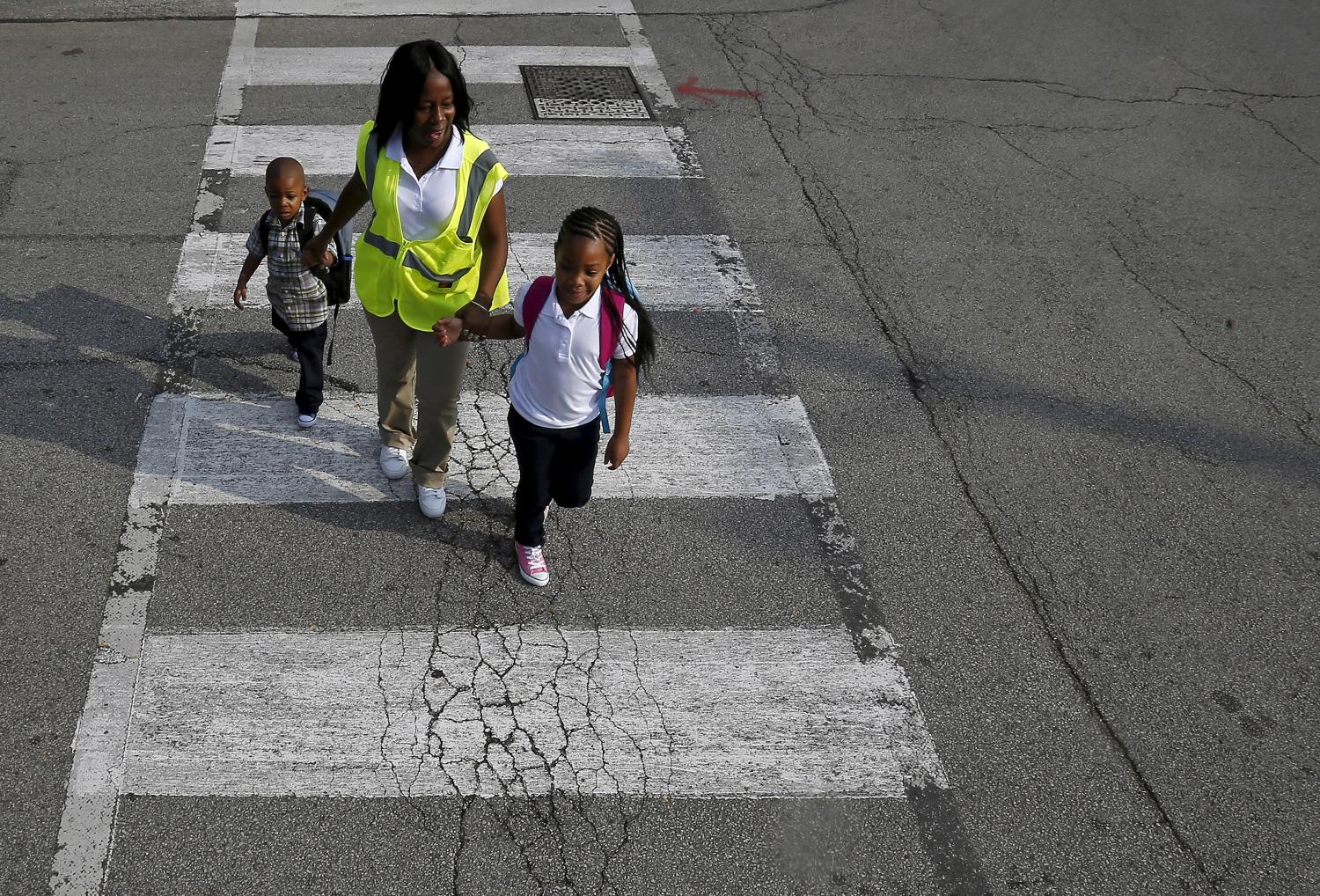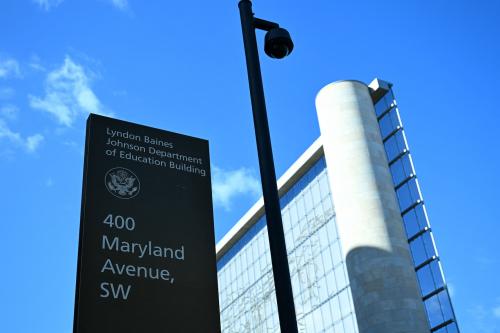Since the Great Recession, increasing media and popular attention has focused on inequalities between high- and low-income families. Rising income inequality means those at the top have a growing resource advantage. Some high-income families use these resources to pay for housing in particular neighborhoods, resulting in increasing segregation by income between neighborhoods over the past four decades. Residential segregation creates inequalities between neighborhoods, and neighborhood contexts are critical for children’s development. Children who grow up in disadvantaged neighborhoods have worse educational and occupational outcomes later in life.
In addition to his neighborhood, a child’s school also plays a critical role in his development. While we know that economic segregation between neighborhoods has increased in recent decades, little research documents trends in economic segregation between schools and school districts.
On the other hand, we know quite a bit about racial segregation between schools. Since the late-1980s, minority students’ schools have become increasingly populated by other minority students. However, this is mainly due to the fact that the school-age population is increasingly composed of minority, particularly Hispanic, students, while whites comprise a declining proportion of schoolchildren. Compared to the district or metropolitan area composition, students are more evenly distributed between schools by race today than in the early 1990s. Debate continues over what measure of school segregation policymakers should be concerned about, but most scholars and policymakers agree that despite some progress since Brown v Board of Education, school racial segregation remains an important stratifying force.
Understanding segregation by income may be just as, if not more, important than segregation by race for several reasons. First, studies documenting a link between school composition and student outcomes concur that classmates’ socioeconomic status is a key pathway for peer effects. Second, the educational achievement and attainment gaps between high- and low-income students have grown over the past several decades, and the income achievement gap is now larger than the racial achievement gap, indicating that economic stratification is an important source of inequality. Finally, following the 2007 PICS Supreme Court ruling, school choice policies can no longer take race into account. Many districts are instead implementing socioeconomic-based school assignment (SBSA) plans, so documenting trends in economic segregation is important for assessing these policies.
In a recent study, Sean F. Reardon, Christopher Jencks, and I documented trends in economic segregation between schools and school districts. We measured segregation in terms of how unevenly students are distributed between school districts or schools in comparison to the composition of the metropolitan area (or the district in the case of segregation between schools). We found that segregation by family income between school districts within metropolitan areas rose from 1970 to 2010. Looking only at families with children enrolled in public school from 1990 to 2010, segregation by family income between school districts rose by nearly 20 percent. Compared to the income composition of the metropolitan area, families, particularly public school families, reside in more economically homogenous school districts today than in the past, with children attending schools in districts where more schoolmates have family incomes similar to their own.
Segregation of upper-middle-class and affluent families from all others increased the most. In 2010, families with incomes in the top 10 percent of the national income distribution lived in the most homogenous districts, with other affluent families like them. In contrast, we found that poor families have become slightly more integrated by income between school districts. However, given that high-income families have distanced themselves from others, poor families are likely integrating with working-poor or lower-middle-class families rather than the affluent.
We then examined segregation between schools within school districts. Available data limit our investigation to measuring segregation between students that qualify for free lunch and those that do not. We found that segregation based on free lunch eligibility between schools within districts was 10 percent higher in 2010 than 1991. Focusing only on the 100 largest districts in the U.S., segregation by free lunch status between schools increased by 30 percent. Therefore, students increasingly attend school with students whose family incomes are similar to their own. By 2010, the average student eligible for free lunch attended school where about 60 percent of students were also eligible for free lunch, compared to 50 percent in 1991, though this increase is due both to increasingly uneven sorting between schools and an increase in free lunch eligibility in the population during this time.
Our findings have serious implications for future inequality. Research has shown that growing up in disadvantaged contexts and attending school with disadvantaged peers has negative impacts on children’s future educational and economic outcomes. The increase in economic segregation between schools and districts suggests that children are increasingly exposed to unequal contexts, indicating that inequality in their future outcomes may grow. While SBSAs are becoming more common, research indicates that they do not effectively foster economic integration of students. Policymakers must consider alternative ideas to promote economic integration across districts and schools. Otherwise, as two recent This American Life episodes depicted, school segregation will remain “the problem we all live with,” an additional arena in which the gap between the haves and the have-nots is growing.
The Brookings Institution is committed to quality, independence, and impact.
We are supported by a diverse array of funders. In line with our values and policies, each Brookings publication represents the sole views of its author(s).




